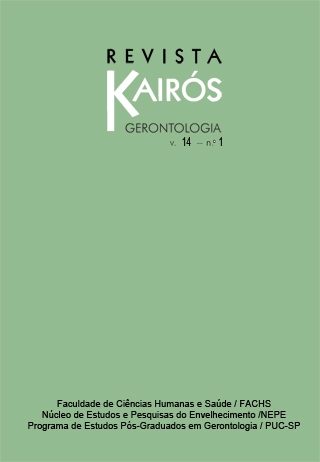The dance’s influence on muscle strength of lower limbs on the elderly
DOI:
https://doi.org/10.23925/2176-901X.2011v14i1p163-179Keywords:
Aged, Dancing, Muscle Strenght, Lower Extremity, Physical TheraphyAbstract
The aim of this study was to evaluate the influence of dance in the lower limb muscle strength on the elderly. This research has a qualitative-quantitative aproach. The sample was composed by ten elderly of both sexes, who practiced ballroom dancing classes during twelve weeks. The evaluation was performed before and after the classes and it was composed by a questionnaire with personal data and medical history, “test stand and sit in 30 seconds” and a semi-structured interview with a guiding question regarding the perception of muscular strength of the elderly. The quantitative analysis was performed using the Student’s t-test with a significance level of p<0,05%. The qualitative analysis was made according directions proposed by Minayo (1994). The evaluation of muscle strength measured by the test of sitting and standing up, showed that four participants had a decreased and six had an increase in the number of movements executed, but not existed a significant statistical difference between the values before and after intervention (p=0,1934). However, the speech of the participants showed an improvement on the perception in relation muscle strength, mobility, joviality and self-esteem. It suggests that the effect of the dance, performed in the frequency used in this study, has an effect on the well-being and psychosocial sphere of the elderly. Playful activities in physical therapy performed by groups, bringing benefits, however, it should not be an isolated activity, it should be associated with a specific training to improve muscle strength related to the needs of each elderly.Downloads
How to Cite
da Silva, J. R., Bisognin, A. C., Ogliari, P., Loth, E. A., & Comparin, K. A. (2011). The dance’s influence on muscle strength of lower limbs on the elderly. Revista Kairós-Gerontologia, 14(1), 163–179. https://doi.org/10.23925/2176-901X.2011v14i1p163-179
Issue
Section
Papers


